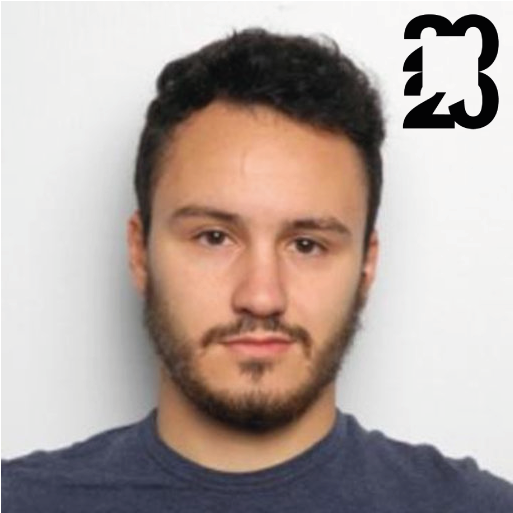Young Investigator Award Winner 2020: Dr Davide Folloni
The Brainbox Initiative’s Young Investigator Award was founded in 2017 to help stimulate, promote, and reward the groundbreaking research that is being carried out every day by early-career neuroscientists using pioneering non-invasive brain stimulation and imaging techniques. Every year we receive a fantastic amount of high-quality research from neuroscientists at universities around the world, and we are extremely pleased to present Dr Davide Folloni with the 2020 award.

Davide’s winning research submission, using transcranial focused ultrasound stimulation (tFUS/TUS) methods in combination with functional resonance magnetic imaging (fMRI) techniques in macaque monkeys, seeks to investigate the relationship between brain and behaviour to describe the neural circuits underlying learning and decision-making.
Making use of the spatial resolution and depth of stimulation that tFUS offers beyond other methods of non-invasive brain stimulation, Davide’s research sought to examine the capacity of tFUS to selectively alter activity in subcortical areas, the amygdala, and even in a deep cortical region — the anterior cingulate cortex (ACC).
This research, Davide hopes, will pave the way towards future projects — with the non-invasive and reversible properties of focused ultrasound neuromodulation opening up possibilities of translating these tFUS online and offline protocols to humans.
“The Young Investigator Award and the possibility to collaborate with the Brainbox Initiative in the future,” Davide tells us, “will play a very important role in leading my future research in brain stimulation and neuroimaging as well as in the translation of TUS to healthy humans and clinical populations.”
We are delighted to award Dr Davide Folloni with the 2020 Young Investigator Award, and are extremely excited to welcome him to the Brainbox Initiative Conference this September where he will be presenting his research, his results and findings, and discussing the future applications of this work.

